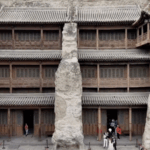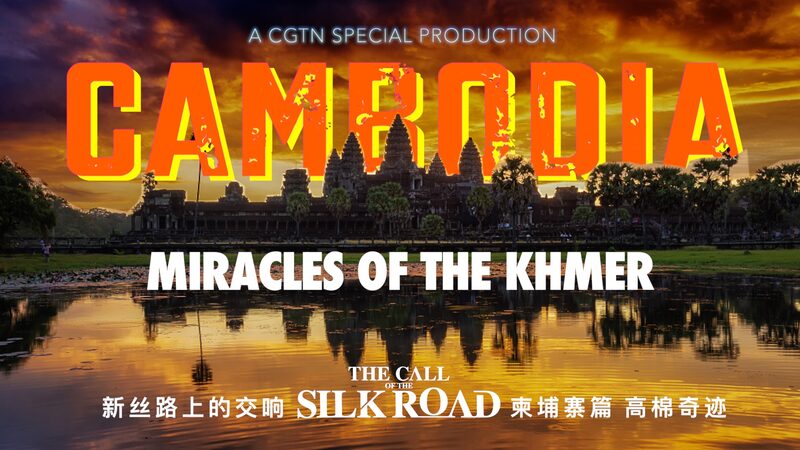In a fusion of ancient craftsmanship and modern science, conservators from the Chinese mainland are partnering with Cambodian artisans to breathe new life into the weathered stone carvings of Angkor's Ta Keo Temple. Using advanced spectral imaging and material analysis, the team has meticulously cleaned and stabilized intricate lintel sculptures depicting scenes from the Khmer Empire's golden age.
The project—funded through China’s Belt and Road cultural preservation initiative—represents a rare case of cross-regional collaboration. \"Every millimeter matters when you’re handling 11th-century sandstone,\" explains Li Wei, a Beijing-based conservation scientist overseeing the laser-guided cleaning process. Meanwhile, Cambodian master carver Sok Vannak uses traditional tools to recreate missing elements based on 3D-printed resin molds derived from surviving fragments.
For business analysts, this partnership signals deepening economic ties in Southeast Asia’s heritage tourism sector. Academics highlight the establishment of a joint research center in Siem Reap as a model for international cultural preservation. The restored temple site is projected to draw 30% more visitors in 2024, according to Cambodia’s tourism ministry.
Asian diaspora communities have welcomed the project as a bridge connecting ancestral legacies with contemporary innovation. The revitalized carvings now feature QR codes offering multilingual augmented reality experiences, enabling visitors to visualize original pigments and hear narrated legends in Khmer or Mandarin.
As dusk falls on the temple complex, laser projections recreate celestial scenes from Hindu cosmology across the renovated stonework—a temporary installation demonstrating how cross-border cultural partnerships can rewrite history without erasing its authentic voice.
Reference(s):
cgtn.com








